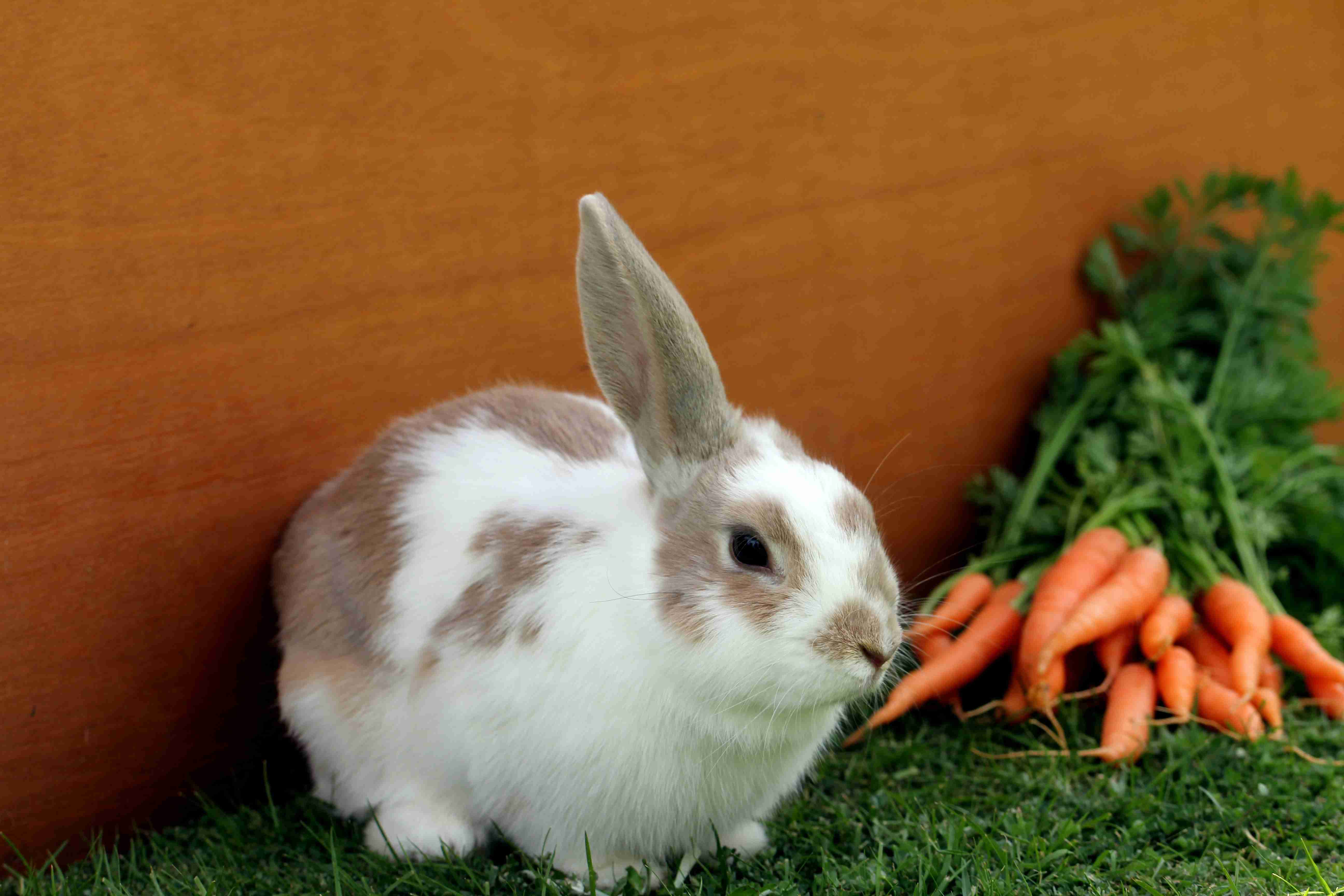Rabbits can make wonderful pets for couples looking to add a small, furry companion to their household. While rabbits are generally low-maintenance, they still require appropriate training to ensure they live happily and comfortably in their environment. In this blog post, we will explore suitable training methods for a rabbit’s nature and provide effective ways for couples to implement them.
Understanding a Rabbit’s Nature
Before delving into training methods, it’s important to understand a rabbit’s natural instincts and behavior. Rabbits are prey animals, which means they are instinctually fearful and cautious. They have specific needs when it comes to their physical environment, social interaction, and mental stimulation. By working with these instincts rather than against them, couples can ensure a harmonious and happy relationship with their pet rabbit.
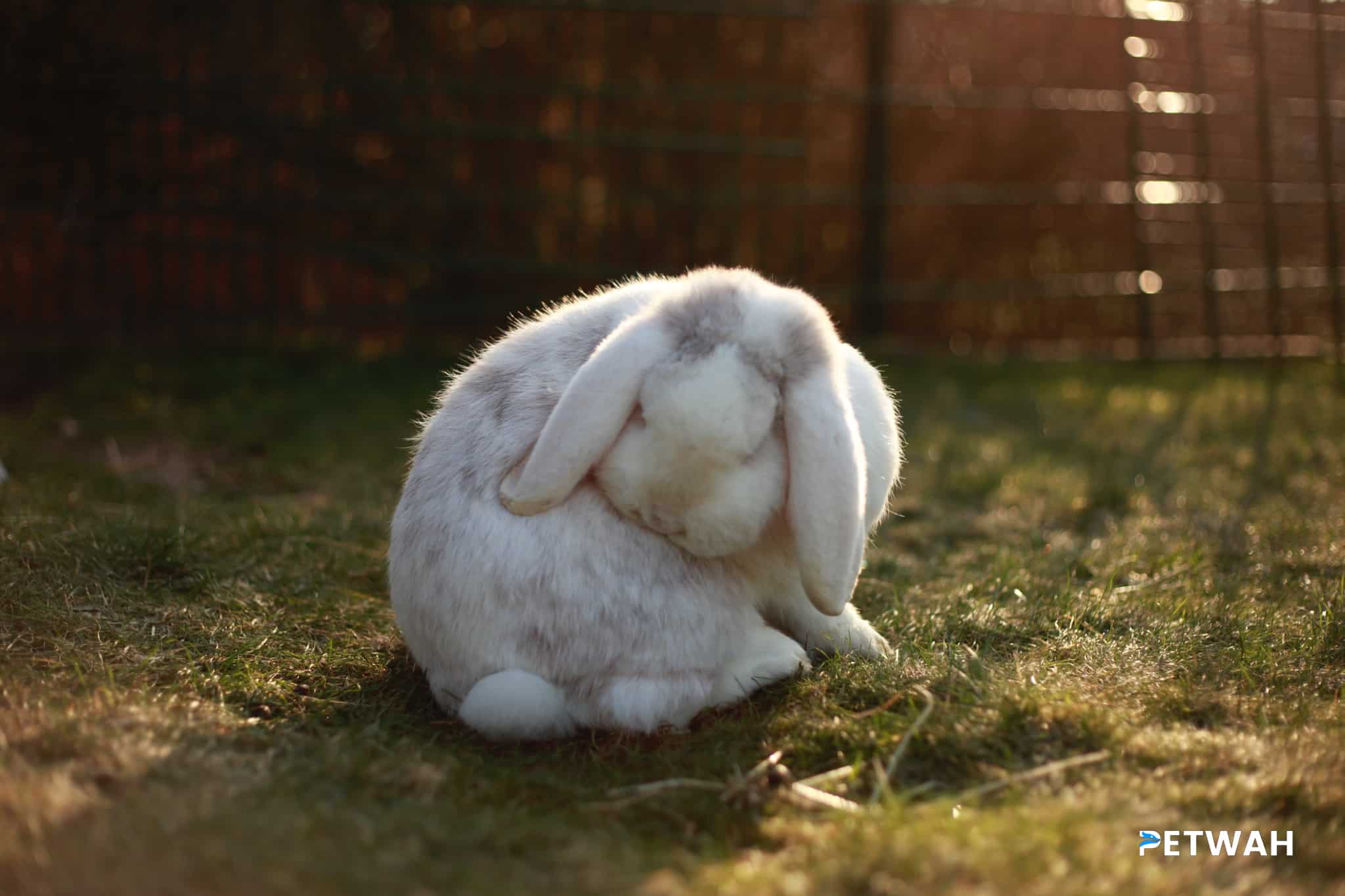
Creating a Rabbit-Friendly Environment
One of the first steps in training a rabbit is to create a safe and comfortable environment for them. Some key considerations include:
1. Provide a spacious living area: Rabbits need a large living space to hop, run, and explore. A rabbit cage or hutch should be spacious enough for them to stretch out fully and stand on their hind legs without their ears touching the roof.
2. Line the enclosure with suitable bedding: Ensure that the cage or hutch is lined with appropriate bedding material, such as straw or hay. This not only provides a comfortable resting place but also satisfies their natural desire to burrow.
3. Offer plenty of hiding spots: Rabbits need hiding spots to feel secure. Providing cozy hiding spots like tunnels or cardboard boxes can help them feel safe and provide a sense of privacy.
4. Allow for safe outdoor time: If possible, provide supervised outdoor time in a secure, rabbit-proofed area. This allows rabbits to engage in natural behaviors like grazing and digging, which can prevent boredom and promote physical and mental well-being.
Positive Reinforcement Training
Positive reinforcement training is a highly effective and humane method for training rabbits. This approach focuses on rewarding desired behaviors rather than punishing undesirable ones. Here are some tips for positive reinforcement training:
1. Use treats: Find small, rabbit-friendly treats that your rabbit enjoys and use them as rewards for good behavior. Treats can include pieces of fresh vegetables like carrots or leafy greens.
2. Timing is crucial: Offer the treat immediately after your rabbit performs the desired behavior, so they make the connection between the behavior and the reward. This establishes positive reinforcement.
3. Be consistent: Consistency is key in training rabbits. Use the same cue words or gestures when training, and always reward the desired behaviors. Consistency helps rabbits understand what is expected of them.
4. Patience and gentleness: Rabbits may take some time to learn new behaviors, so patience is essential. Avoid shouting or physical punishment, as this can damage the trust between you and your rabbit.
FAQs
1. How long does it take to train a rabbit?
Training a rabbit is an ongoing process. The time it takes for a rabbit to learn new behaviors can vary depending on the rabbit’s personality and previous experiences. It’s important to be patient and consistent in your training efforts.
2. Can rabbits be litter trained?
Yes, rabbits can be litter trained. With patience and consistency, rabbits can learn to use a litter box just like cats. Place a litter box in a corner of their living area and reward them when they use it correctly. Be prepared for occasional accidents during the training process.
3. Can rabbits be taught tricks?
While rabbits are not as responsive to training as dogs, they can still learn some tricks with positive reinforcement and patience. Simple tricks like hopping through a hoop or standing on command can be taught. Remember to keep training sessions short and enjoyable for your rabbit.
4. Is it necessary to spay or neuter a rabbit for training?
Spaying or neutering a rabbit can have behavioral benefits, including reducing aggressiveness and litter box issues. It can also make training easier by curbing hormonal behaviors. Consult with your veterinarian to determine the best course of action for your rabbit.
5. Can rabbits be socialized with other pets?
Some rabbits can be socialized with other pets, including cats and dogs. However, it is crucial to introduce them gradually and under supervision to ensure everyone’s safety. Always prioritize the well-being and comfort of all animals involved.
In conclusion, training a rabbit requires an understanding of their natural instincts and needs. Creating a rabbit-friendly environment and using positive reinforcement techniques can help couples effectively train their furry companions. Remember to be patient, consistent, and gentle in your training efforts. For more information and supplies for training your rabbit, visit petwah.com, where you can find a wide range of products and resources to promote your pet’s well-being.


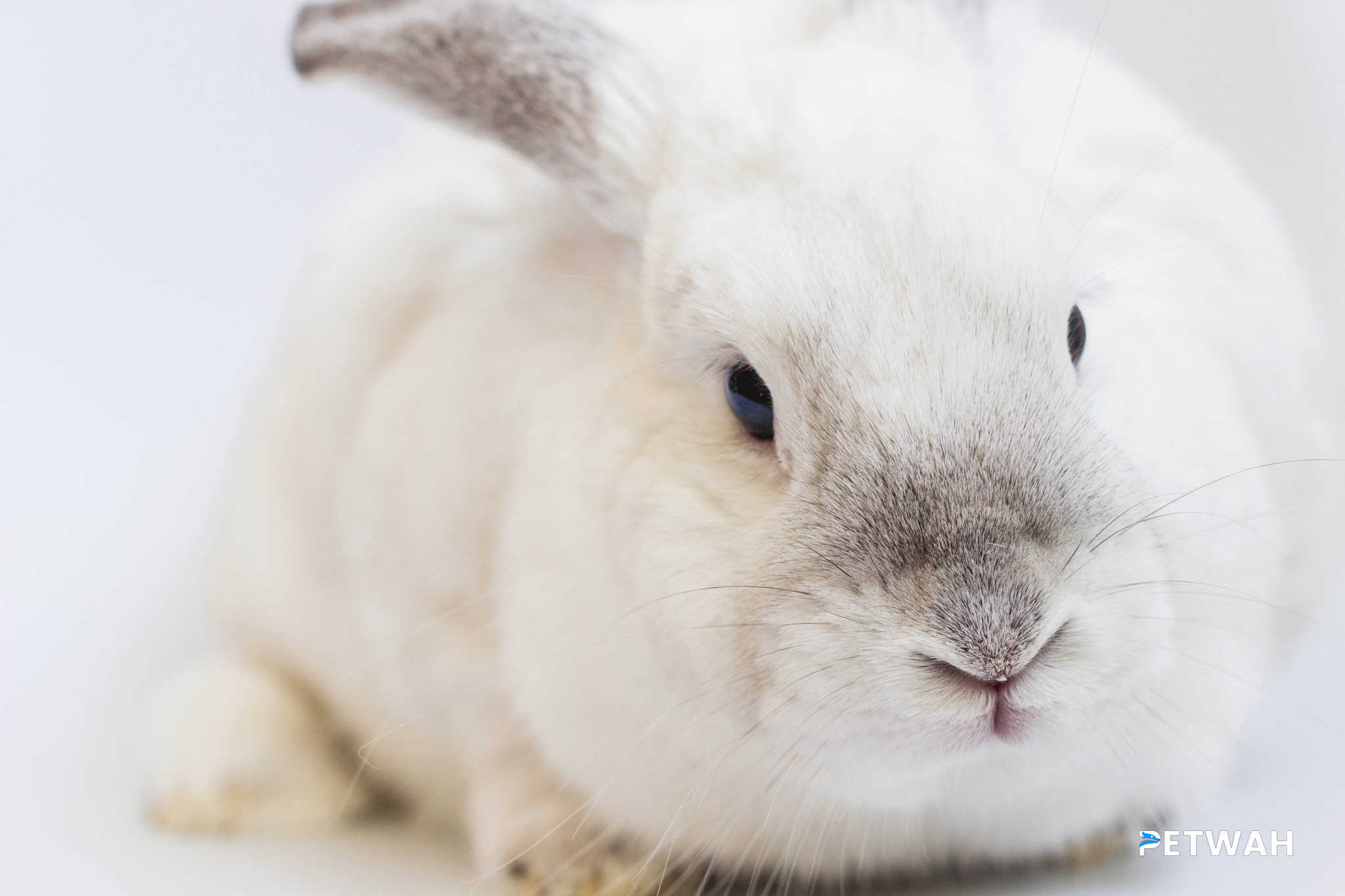
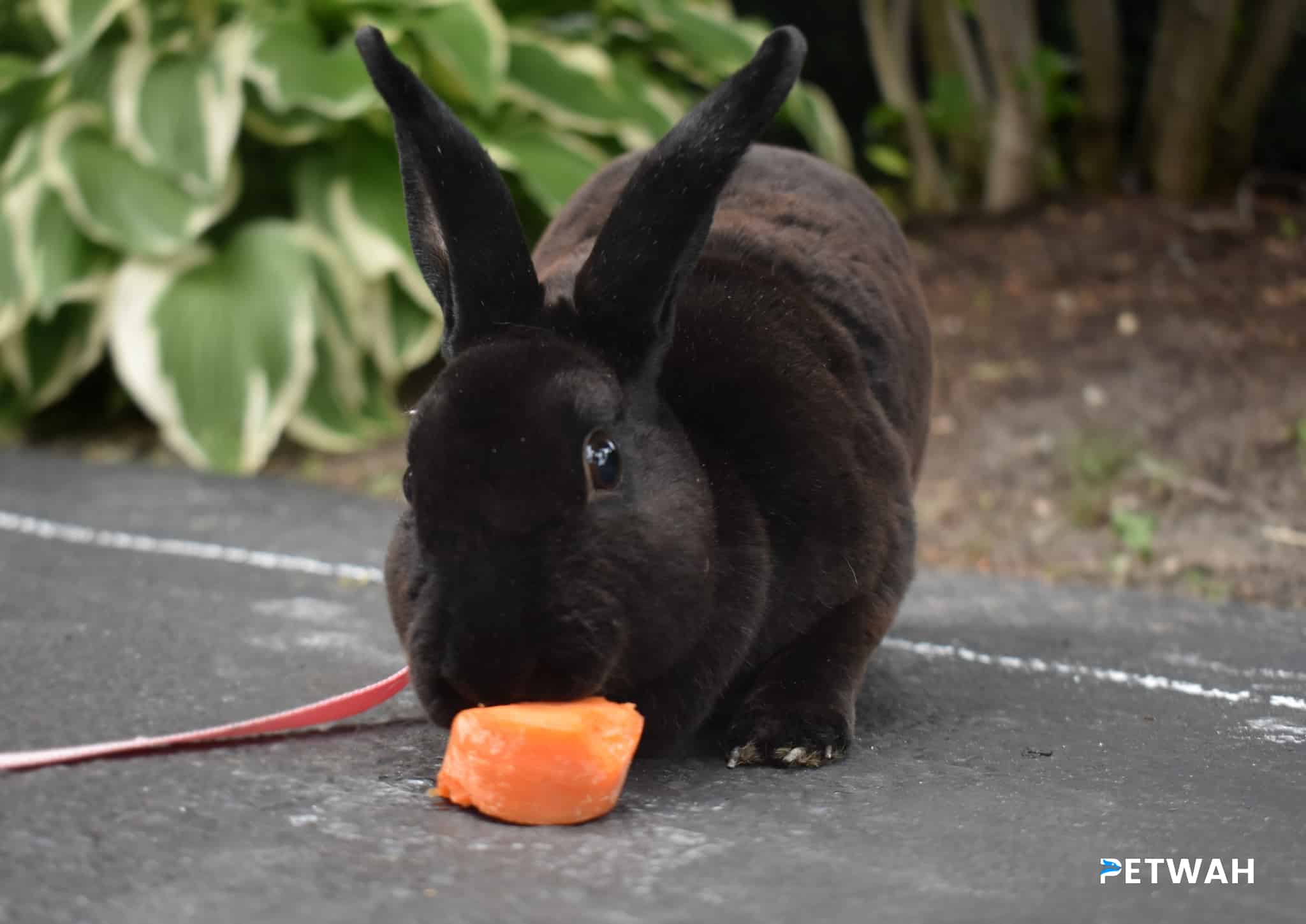
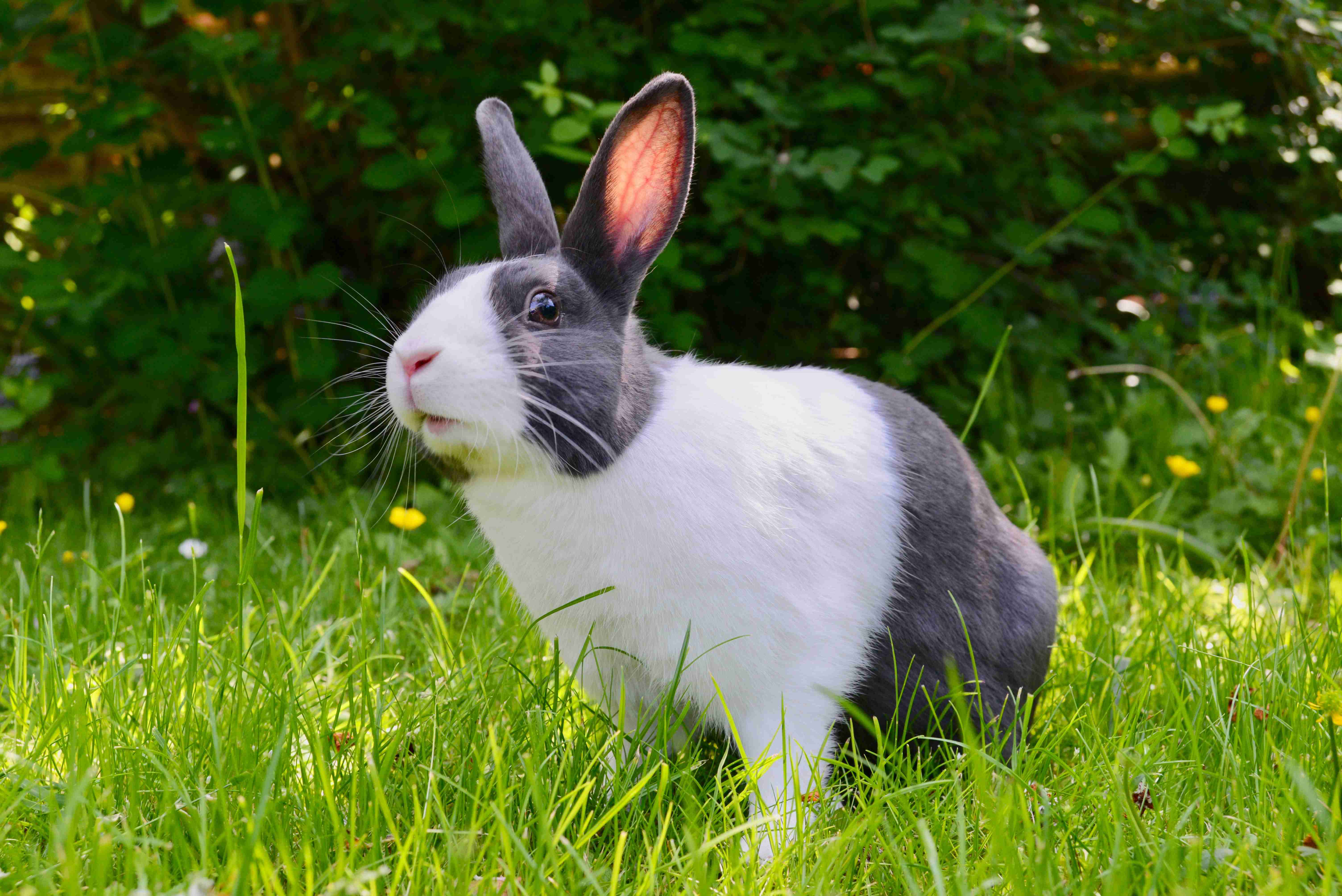
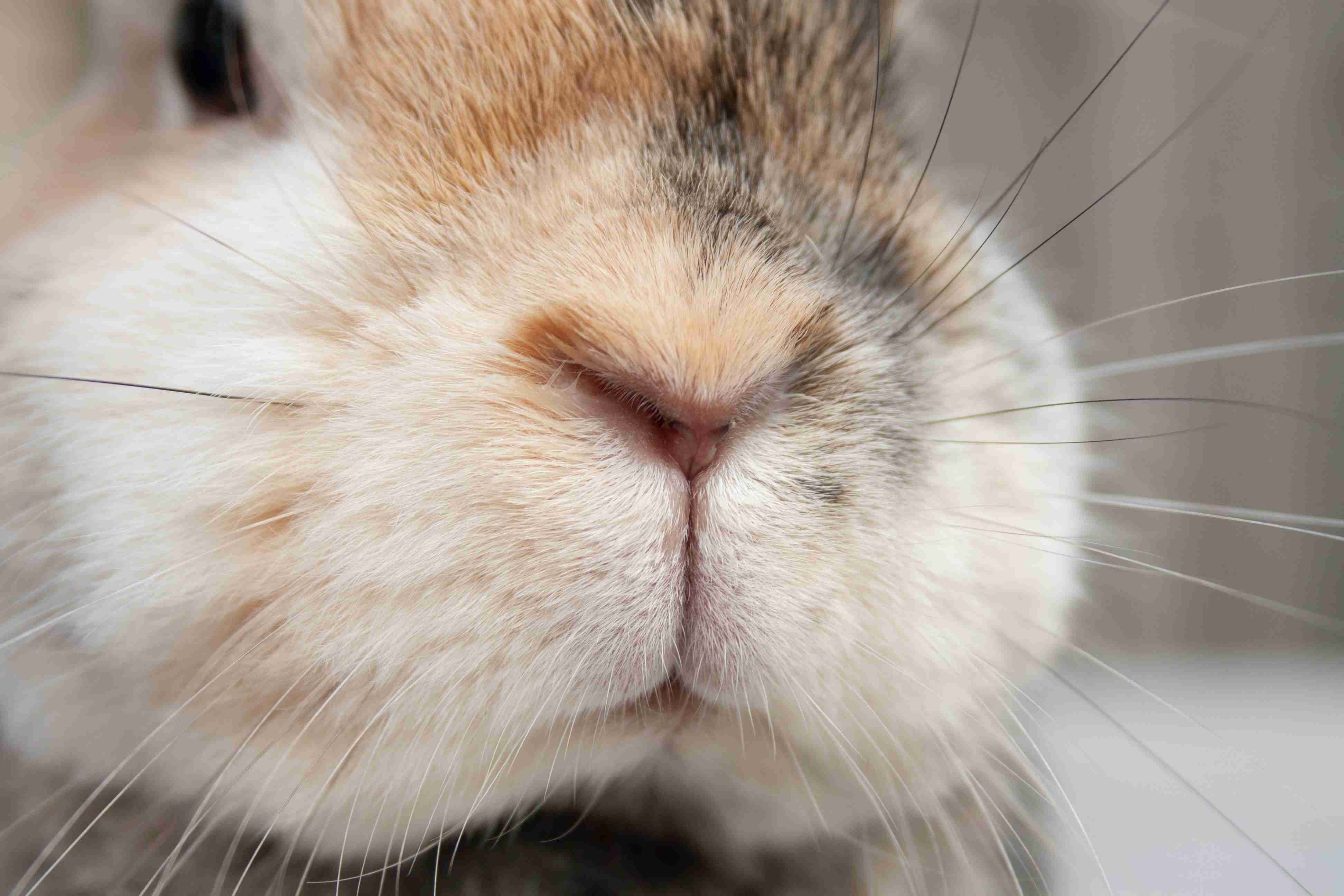
.jpg)
